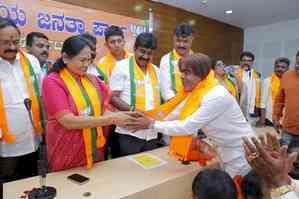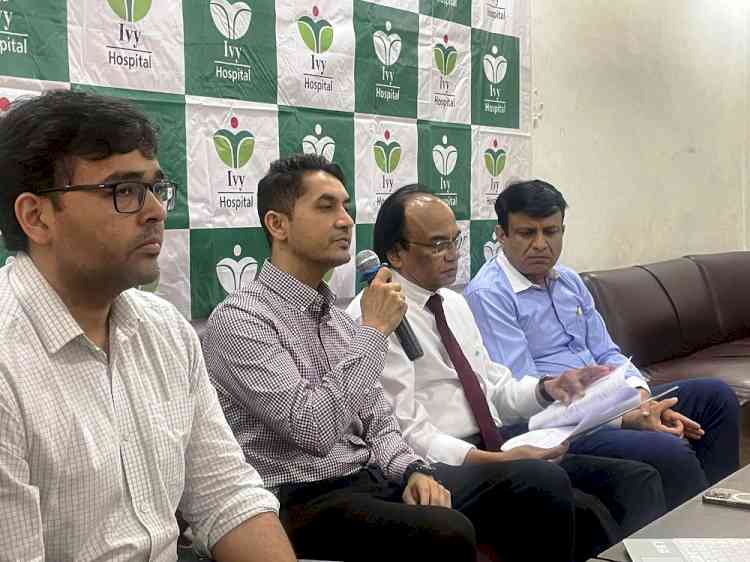Japan Scientists are Leading Global Research in Eight Emerging Areas
Author(s): City Air NewsThey are Recognized with the Japan Research Front Awards 2016 TOKYO, July 7, 2016 – Twelve leading scientists based in Japan were recognized for their groundbreaking research and influential contribution to global...

They are Recognized with the Japan Research Front Awards 2016
TOKYO, July 7, 2016 – Twelve leading scientists based in Japan were recognized for their groundbreaking research and influential contribution to global research in eight emerging research areas, known as research fronts, with the Japan Research Front Awards 2016 organized by the Intellectual Property & Science (IP & Science) business of Thomson Reuters.
The 12 awardees were recognized as being at the forefront of eight research fronts spanning materials science, physics, engineering, chemistry and neuroscience. They were identified after their research was analyzed using Research Front Methodology by IP & Science to assess their level of influence in specific scientific fields and the Web of Science Core Collection. Research Front Methodology looks at patterns of intense communication between scientists and such patterns can be used to create a picture of the state of a specific research area in terms of the papers that constitute its core of foundational work. Research Front Methodology is based on the top one percent of the most Highly Cited Papers in each of the 22 specific fields of research or disciplines in the Essential Science Indicators™ (ESI).
Said Mr. Masaki Nagao, managing director of IP &Science Asia Pacific, Thomson Reuters “Japan continues to wield its global influence as an important contributor to research & development with groundbreaking research in eight research fronts which emerged only in the past five years.”
A total of 12,188 research fronts worldwide were surveyed from the Research Front database from 2010-2015. To identify the Japan Research Front Awardees 2016, research fronts were measured by both 1) 20 percent or more of the core papers were by researchers from Japanese institutions, and 2) one or more Hot Papers carried at least one author affiliation with a Japanese institution. Hot Papers are a subset of Highly Cited Papers and are all less than two years old. A paper is selected as a Hot Paper if it meets a citation-frequency threshold determined for its field and bi-monthly group. Thresholds are set by finding the closest citation count that would select the top fraction of papers in each field and period. This fraction is set to retrieve about the top 0.1 percent of the papers. Based on these criteria, eight research fronts were identified with participation by Japanese researchers who authored core papers at a level approximately five times or greater than expected. Japan contributed 20 percent of papers indexed by IP & Science during this period.
This is the fourth time that the IP & Science business is honoring leading researchers in Japan to recognize the country’s research excellence and how it is leading the world through innovation in selected fields. Japan held its first three research front awards in 2004, 2007 and 2012.
Said Mr. Nagao, “At Thomson Reuters, we are always strongly committed to supporting the R&D community in Japan as their partner in scientific discovery and promoting international research collaboration. Our robust methodology has helped to identify the fields where Japan researchers are making significant contributions worldwide.”
The eight research fronts where Japanese scientists have had the greatest world-class influence are:
Materials Science
Dr. Kenji Watanabe, Chief Researcher, Electroceramics Group, Research Center for Functional Materials, National Institute for Materials Science (NIMS).
Dr. Takashi Taniguchi. Group Leader, High Pressure Group, Research Center for Functional Materials, National Institute for Materials Science (NIMS).
For their contribution to research and application of the Electronic and Optical Properties of Graphene-Hexagonal Boron Nitride Heterostructures.
Materials Science
Professor Chihaya Adachi, Director, Distinguished Professor, Department of Applied Chemistry, Faculty of Engineering, Kyushu University
For his contribution to research of the properties of Fluorescent OLEDs and applications.
Physics
Associate Professor Takahiro Sagawa, Department of Applied Physics, The University of Tokyo
For his contribution to research and development of Stochastic Thermodynamics and Fluctuation Theorems.
Engineering
Associate Professor Kenji Takizawa, Faculty of Science and Engineering, Waseda University
For his contribution to Cardiovascular Fluid Mechanics Modeling.
Chemistry
Professor Motomu Kanai, Graduate School of Pharmaceutical Sciences, The University of Tokyo
Professor Shigeki Matsunaga, Faculty of Pharmaceutical Sciences, Hokkaido UniversityAssistant
Professor Tatsuhiko Yoshino, Faculty of Pharmaceutical Sciences, Hokkaido University.
For their contribution to research of Cobalt Catalysis and C-H Bonds.
Neuroscience
Professor Hiromu Tanimoto, Graduate School of Life Sciences, Tohoku University
For his contribution to the study of Reward-Signalling Dopamine Neurons.
Neuroscience
Dr. Hideo Kimura, Director, Department of Molecular Pharmacology, National Institute of Neuroscience, National Center of Neurology and Psychiatry.
For his contribution to the study of Hydrogen Sulfide Signaling.
Chemistry
Professor Naoto Chatani, Graduate School of Engineering, Osaka University
Associate Professor Mamoru Tobisu, Graduate School of Engineering, Osaka University
For their contribution to research of Catalytic Cross-Coupling Reactions of Ethers.

 cityairnews
cityairnews 















